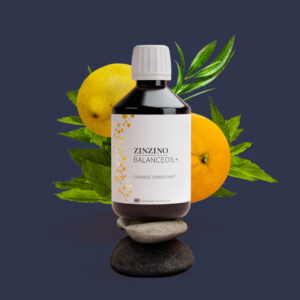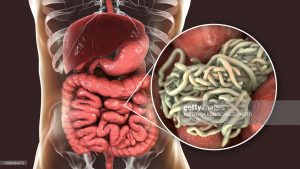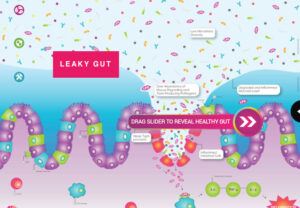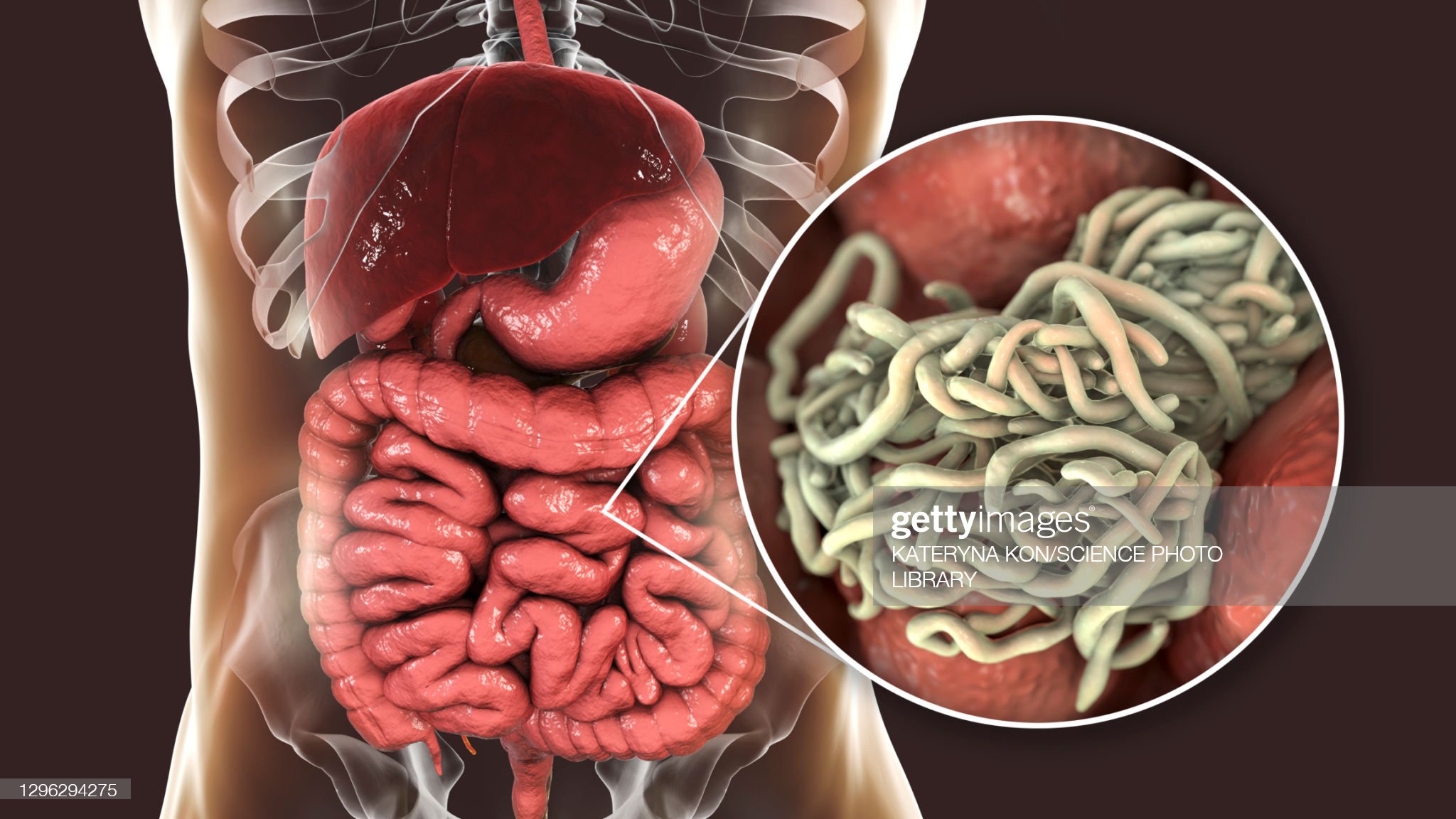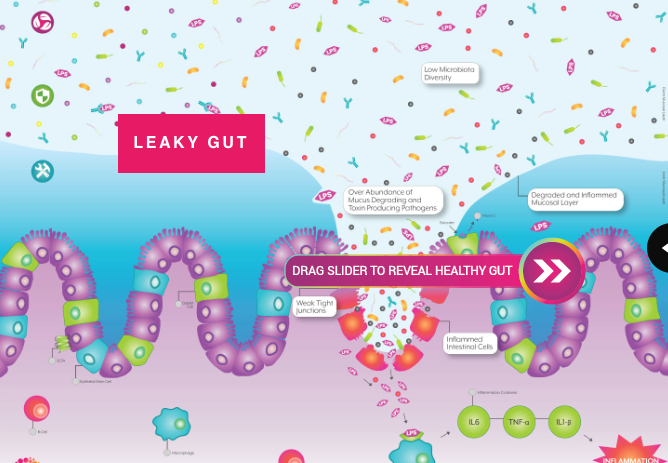Linus Pauling was a genius in chemistry, quantum mechanics, peace activism – and, what we love to talk about – vitamin therapy and the amazing benefits in the body.

Two time Nobel winner, Linus Carl Pauling failed high school, even though he was beyond what we would call smart. By the tender age of 15 (around 1916) – he had earned enough high school credits to win admission to Oregon State University. However, because he had not completed two mandatory American history courses the school refused to give him a diploma.
Pauling – born in the US city of Portland, Oregon, in 1901 – is one of only four people to be awarded two Nobel prizes, and one of only two to achieve the feat in completely different fields.
His first award, in 1954, was in chemistry. His second, eight years later, was the Peace Prize, recognising an energetic commitment to nuclear disarmament that began in 1946 when he joined an organisation called the Emergency Committee of Atomic Scientists, alongside Albert Einstein, Bertrand Russell and a small group of other prominent researchers.
As a chemist, Pauling’s work was truly foundational in fields as distant as organic chemistry and molecular biology. For instance, his research served as the basis of later investigations by Francis Crick, Rosalind Franklin and James Watson that resulted in the discovery of the structure of DNA. This is another subject we love to speak on as we consult on genetic interpretations for our clients.
He is regularly included in lists of the all-time great scientists, but if it wasn’t for a chance experience during his childhood his life may have taken an entirely different shape.
Following the birth of his sister, Pauline, Linus Pauling’s parents uprooted the family and, after a couple of intermediate stops, relocated to the Oregon town of Condon. By then a second sister, Lucile, had joined the family.
His father, Herman, was a travelling salesman and later drugstore owner, who died from a perforated ulcer when Linus was just nine, leaving his mother, Lucy, to raise the family.
One day, when he was about 10, he visited a friend, who happened to be playing with small chemistry kit. Pauling was immediately entranced, and from that moment dreamed of nothing but becoming a chemist. (The friend, Lloyd Jeffress, went on to become a professor of experimental psychology at the University of Texas.)
Spurred into action, and while still at school, Pauling and another mate set up a laboratory in a basement and offered to run quality tests on butterfat for local dairy farmers. It was not a successful venture.
In order to put himself through university, Linus took a variety of jobs, including working as a grocery retailer, a machinist and a photographic developer. On campus, he quickly distinguished himself, and was offered teaching positions before even earning his first degree. After leaving Oregon State he went to Caltech and received his PhD in physical chemistry and mathematical physics.
By the time he died in 1994, Pauling had published more than 1,200 books and papers. Despite his success, and his willingness to campaign hard for the causes in which he believed, he was not without his critics.
The difference between genius and eccentricity is sometimes difficult to distinguish and in his later years, following a bout of kidney disease, he became increasingly obsessed with the role of vitamins in treating illness. In many instances only when plagued with our own health conditions that we each seek a deeper understanding of healing in the natural form.
It is almost entirely because of his advocacy that today vitamin C is firmly associated with good health. Sometimes that advocacy crossed the boundary between science and obsession. Throughout the second half of his life he continued to suggest that high doses of vitamin C could cure cancer, which today there are studies which have shown numerous benefits to the use of mega-dose vitamin C.
Despite this, however, today he is remembered primarily as a brilliant researcher who made very real and substantial contributions to areas as diverse as quantum mechanics and medicine. His memory is honoured across the globe. Oregon has a public holiday bearing his name, which also adorns several streets in various states, a research centre at Oxford University in the UK – and an asteroid that orbits the sun every 926 days.

